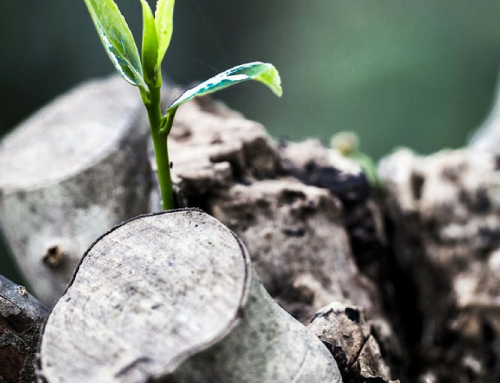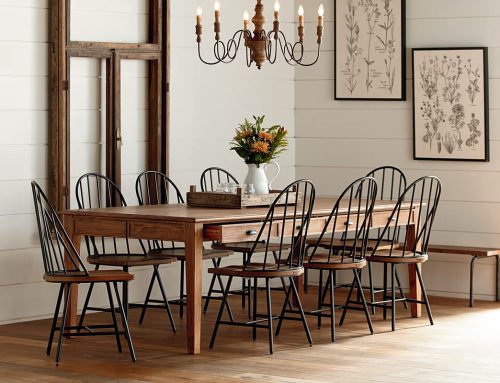This spring, we’re dedicating our blog to the idea of consuming less, a good way to explore how much is enough for today. That doesn’t mean that you need to give up everything you own and go live in a tree (though that’s great if you do, and many of us feel like we’d love to do that about once a day!). This month, however, we’re dedicating our time to giving you ideas on how you can consume less in reasonable ways in things that you do every day. Today’s topic? How to consume less as a teenager.
Adults aren’t the only ones who are trying to live a more eco-friendly life these days. More and more, teenagers and young adults are becoming aware of the need to make better environmental and lifestyle choices. In fact, some teens and young adults are even teaching their parents how to live more eco-friendly. If you’re a teenager who wants to know how to reduce your carbon footprint and the amount of “stuff” that you consume, or if you know a teen you’d like to help on their path to less consumption, here are our favorite seven tips for consuming less as a teenager.
Tip Number One: Go “Trend Cold Turkey”
One of the biggest reasons that teenagers and young adults tend to score high on the consumption scale is that they’re very tied to “trends.” Marketers know this, so they make sure that there’s always something “new and cool” that teens need to have. What you (or the teen in your life) will need to learn is which trends you actually enjoy and want to be a part of and which trends you can look at and just say are silly. Not every trend is something that you won’t enjoy or want to have. But not every trend is necessary either. Teens and young adults are some of the biggest marketing targets out there, but the truth is that your teenage years are an important time to start to figure out who you are, what’s important to you and how to express yourself. Submitting to trends doesn’t help with any of that. It’s okay to want something cool and new, but do you really want to want everything that’s cool and new, and is it even that cool (or that new)? Go cold turkey on following trends and start to explore your own individuality.
While you’re letting go of trends, you can begin to use your own creativity to express your own fashion style. Get into the concept of upcycling or thrift shopping to create unique fashion looks that are designed by and exclusive to you. That doesn’t mean that you still can’t wear your favorite jeans or the latest styles. But you can also learn how gently used items can be turned into clothes, bags and more that express you in ways that regular store-bought pieces just can’t.
Tip Number Two: Turn Off the TV and Computer
No, we’re not suggesting that you give up television or online time. We are suggesting that you put yourself on a media diet though. Whenever you’re absorbing a lot of media, you’re also absorbing the commercials and consumer messages in that media … and there are a lot of those consumer messages! Not only will putting yourself on a media diet help to reduce the impact of consumer messages driving your thinking, it will also improve your overall mental and physical health (as well as your social skills!).
Tip Number Three: No Environmental Club in Your School? Start One!
These days, most schools have an environmental club, but there are still a lot that don’t. If your school has an environmental club, then this tip is easy and you can simply go and join the existing club where you can learn more about how to live green and meet other teens and young adults who want to do the same. If your school doesn’t have an environmental club, be the super star who starts one (not only will it help the planet, it will look good on your college applications). Begin by talking to your principal about what the steps for setting up a club are while also looking for a teacher or staff member who will be the club sponsor.
Tip Number Four: Let Go of Upgrades
Do you have an iPhone? Do you get a new iPhone every time a new one is released? Do you have every version of every video game system ever? Electronics are one of the biggest areas of waste and consumption in our culture because everybody believes that they need every upgrade available. Think about your existing gaming console, laptop and phone. Do you need upgrades, or are those models just fine? And, of course, no matter what you do, when you do decide to upgrade a piece of electronics, be sure to recycle your old electronics correctly or donate your used cell phone.
Tip Number Five: Think About Formal Events More Closely
The teen and young adult years are full of one-time formal events. What happens to your dress, shoes, suit, corsage, boutonniere and all of the other items that you use for winter formals, spring dances, proms and all of the other events in between? In most cases, they are only used once and then quickly generate waste. Next time you have a formal event, take a moment to think through some more eco-friendly ways to celebrate formal dress occasions.
Tip Number Six: Watch What You Eat
We’re not saying this because of the obesity problem in America! Americans waste enormous amounts of food every day, and they also create enormous amounts of consumption from the packaging that the processed, unhealthy foods they eat come in. Changing your diet and your eating habits is complex and too involved to cover in one paragraph in this article, but we can tell you that it starts with cutting out the junk food and fast food (especially the fast food) and eating more fresh fruits and vegetables. It’s a big undertaking, but taking control of and ownership of how your eating habits impact the planet is one of the most important steps that you can take.
Tip Number Seven: Clean Your Room!
One of the best ways to start learning to collect and clutter less “stuff” is to go through a stuff purge in your own room. After all, our daily environments impact how we think and process the world around us. How do you decide what to keep and what should be purged from your room? Make it a game according to your own rules.
Have another idea on how to consume less as a teenager? Tell us about it on Facebook, Twitter, Pinterest or Instagram.





